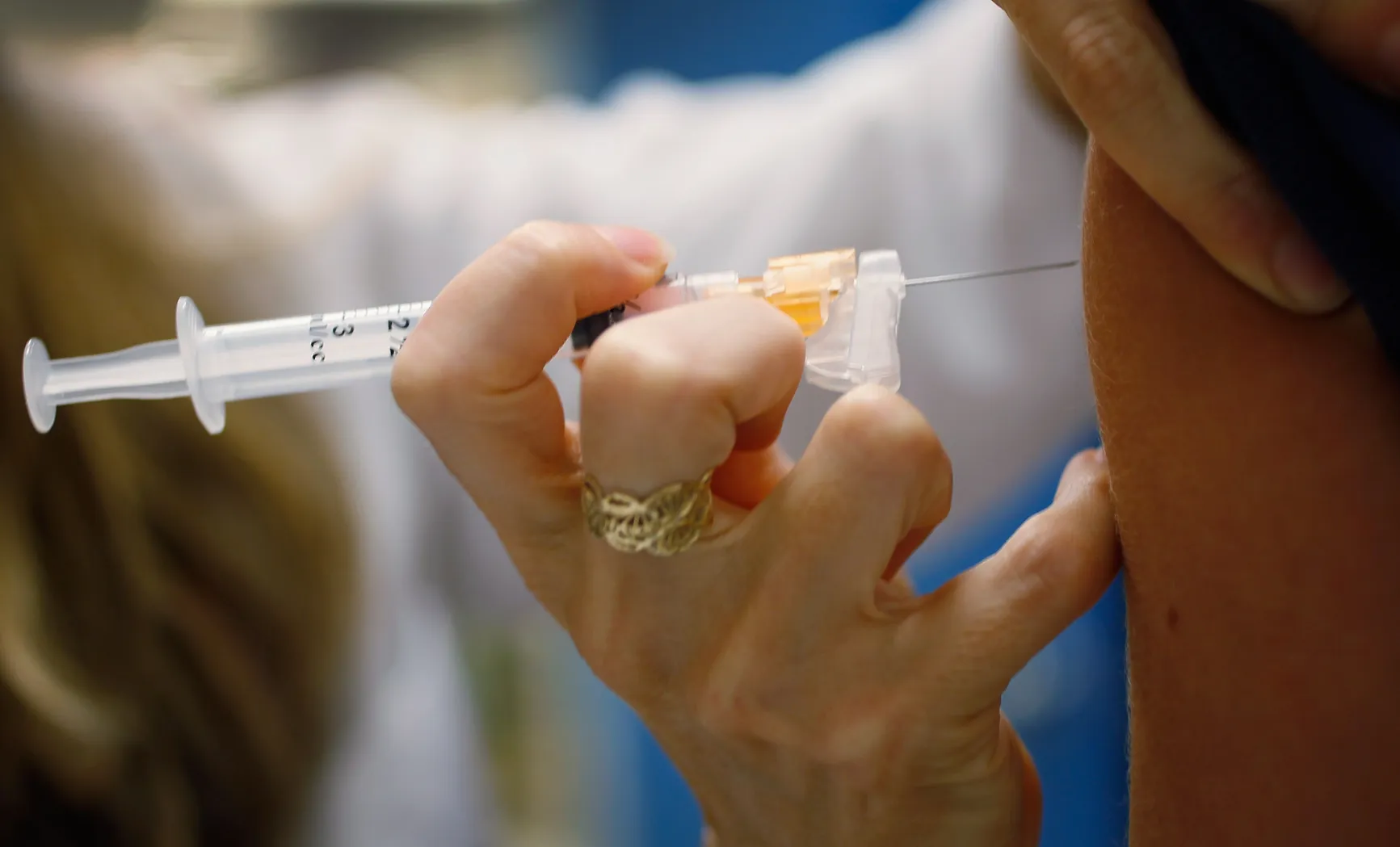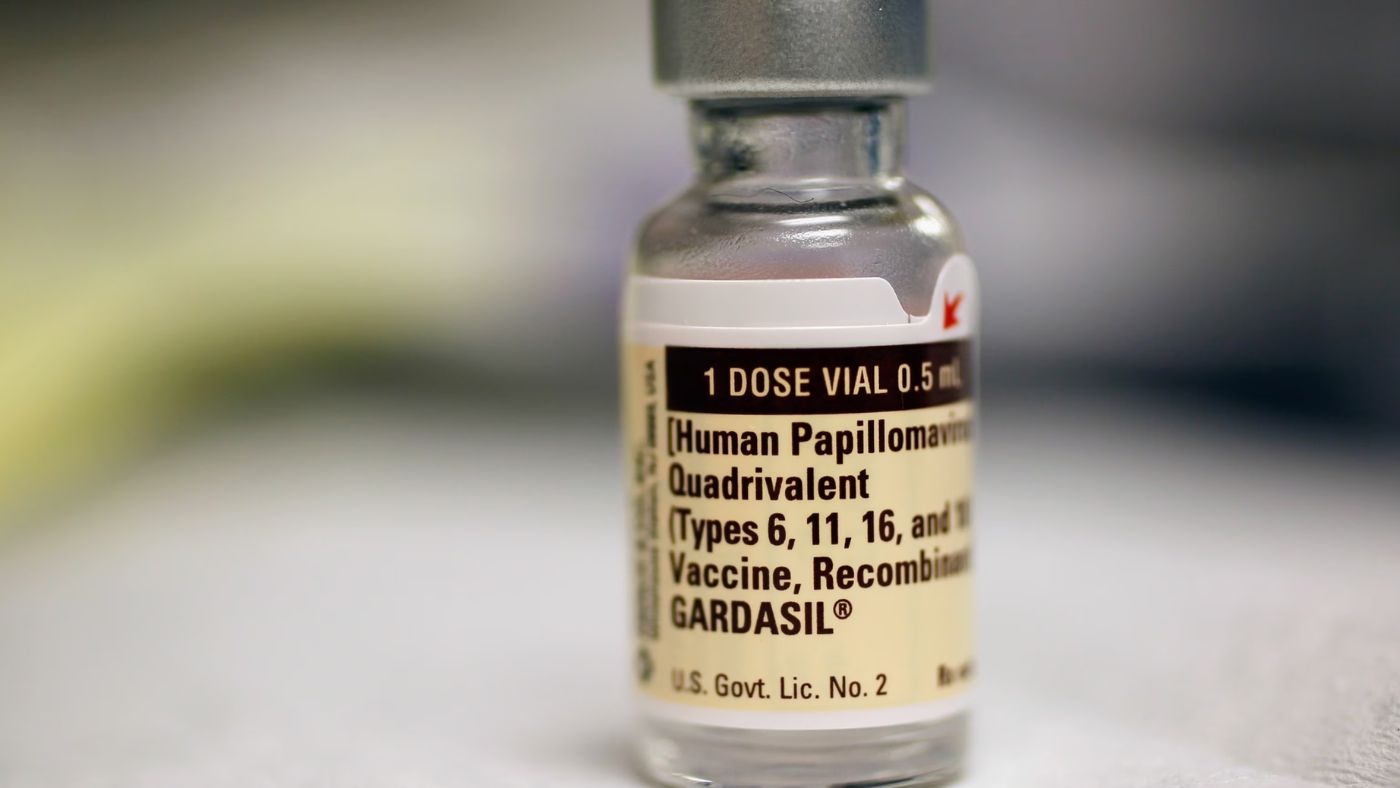New research reveals that the HPV vaccine is linked to a significant reduction in head and neck cancers among adolescent boys and men.
HPV, or human papillomavirus, is a sexually transmitted infection responsible for nearly all cases of cervical cancer. Additionally, HPV is associated with several other cancers, including penile, anal, and vaginal cancers.
It also accounts for the majority—up to 70%—of head and neck cancers, which impact the throat and mouth. According to the National Cancer Institute, men are approximately twice as likely as women to develop these cancers.
Originally approved for use in adolescent girls, the HPV vaccine was designed to protect against strains of the virus that cause cervical cancer and has been shown to substantially reduce cervical cancer rates.
However, increasing evidence suggests that the vaccine also offers protection against other cancers linked to HPV.
Jefferson DeKloe, a research fellow in the department of otolaryngology at Thomas Jefferson University and a co-author of the research, stated,
“We want males to be thinking about HPV vaccination not just as something that protects female patients, but also male patients.”
These findings will be presented next week at the American Society of Clinical Oncology conference and have not yet been published in a peer-reviewed journal.
Previous research had indicated a decline in oral infections with HPV strains known to cause cancer. This was a hopeful sign, according to Dr. Glenn J. Hanna, a medical oncologist at Dana-Farber Cancer Institute’s Center for Head and Neck Oncology, who was not involved in the current research.
“If we can lower the infection rate, we would hope that we would see what we are seeing now, a decline in cancer rates,” Hanna said. “This is an important evolution of the story.”
The new study reviewed health records from a national database encompassing nearly 3.5 million people in the United States, aged 9 to 39, who had received any vaccination—from 2010 to 2023.
About 1.5 million of these individuals were male, with half having been vaccinated against cancer-causing strains of HPV. Nearly 1 million were females who had also been vaccinated against HPV.
The researchers compared the incidence of HPV-linked cancers—including head and neck, anal, penile, and cervical cancers—in those who had received the HPV vaccine with those who had not.
They discovered that vaccination reduced the risk of HPV-related cancers in males by 54%, with the most significant reduction seen in head and neck cancers.

In females, the likelihood of developing any type of HPV-related cancer, including cervical cancer, was about 30% lower.
Most head and neck cancer cases occur in individuals over 50. Since the U.S. has only been widely vaccinating both males and females for about a decade, the vaccinated generation has not yet reached this age.
HPV typically infects younger individuals and can take decades for chronic infection to progress to cancer.
“These are the early results of a larger phenomenon we are going to watch play out over the next 20 or 30 years,” DeKloe noted, emphasizing that experts do not anticipate seeing the full impact of HPV vaccination on cancer rates until the vaccinated generation ages.
A second study, which will also be presented at the ASCO conference and is not yet published in a peer-reviewed journal, found that HPV vaccination rates in the U.S. have been rising from 2011 through early 2020 across all racial and ethnic groups.
HPV vaccination for males was not recommended until 2011, five years after the CDC recommended the vaccine for girls. The HPV vaccine is now recommended for all adolescents starting at age 9, and it can also be administered to adults up to age 45.
In the new study, which included children and young adults aged 9 to 26, the increase in vaccination rates was largely driven by growing uptake among males.
Although HPV vaccination rates among males still lag behind those of females—about 36% compared to 50% for the 9 to 26 age group—these rates are accelerating.
“The gap is narrowing between males and females and eventually I would hope that they would meet up,” said Dr. Danh Nguyen, a resident physician at University of Texas Southwestern Medical Center, who led the research.
Although vaccination efforts have focused on adolescents, adults should also consider getting vaccinated if they missed it when they were younger, according to Dr. Nancy Lee, service chief of head and neck radiation oncology at Memorial Sloan Kettering Cancer Center in New York City, who was not involved in either study.
“If you are in your 20s or 30s, you can still get the vaccination. Even if you are 45, there is no reason you cannot get vaccinated because we have a population that lives a long time,” Lee said.
Nguyen emphasized the importance of continuing to focus discussions about HPV vaccination on preventing all types of cancers, including head and neck cancers that are more prevalent in men, rather than solely on cervical cancer prevention.
Hanna noted that the stigma associated with HPV as a sexually transmitted infection has complicated discussions about vaccinating adolescents in the past. However, clear data showing the impact of vaccination rates on HPV-related cancers is shifting the narrative.
“HPV vaccination is cancer prevention,” Hanna said. “The bottom line is that we are preventing cancers broadly by getting people vaccinated younger.”
